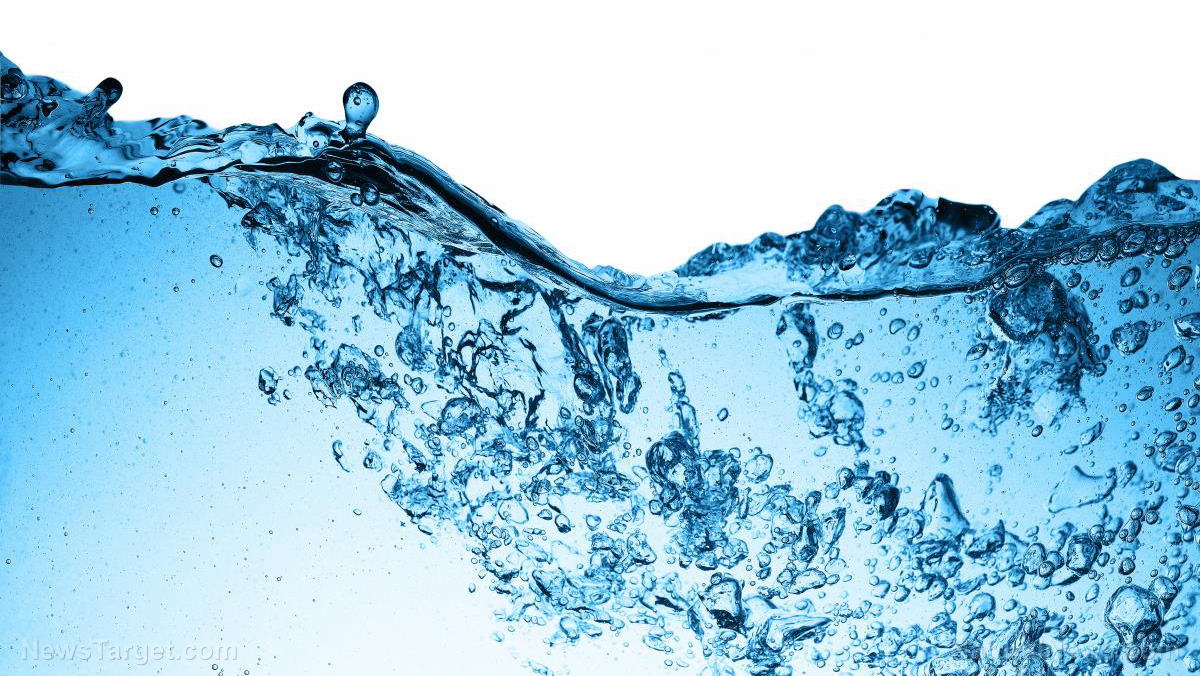Engineers devise a system that recovers fresh water from power plants
08/12/2018 / By Edsel Cook

What do you think of an electrical power plant that can also provide an inexpensive source of drinking water? Engineers have come up with a way to recover the water used to cool power plants and purify it for human consumption, an article in Science Direct stated.
Nearly 40 percent of the water drawn from freshwater sources in the U.S. is used to cool down power plants. A lot of that ends up as water vapor that is expelled into the air.
MIT engineers devised a way to save a good amount of the water vapor. If implemented, it could benefit coastal communities that use seawater to cool down their power plants by providing them with a new source of drinking water.
The new system used a beam of ions to electrically charge water droplets in air. The charged droplets are then collected using a wire mesh and directed into a collecting pan. From there, the water can either be used in the power plant again or diverted to the water supply of a city.
MIT engineers Maher Damak and Kripa Varanasi designed the system, which is the basis of their startup company Infinite Cooling. They wrote a paper about their invention and published it in the journal Science Advances. (Related: Fog harvesting could help alleviate water shortages.)
Ion beams improve the efficiency of fog-catcher wire mesh
Varanasi wanted an efficient way of capturing water droplets from natural fog and industrial cooling towers. Damak, meanwhile, was working on improving fog-catching systems that provide drinking water to coastal regions with scarce amounts of potable water.
Fog-catchers are metal or plastic mesh nets that capture water from fog-banks that come from the sea. They are able to harvest one to four percent of the water contained in fog.

Varanasi and Damak’s paper showed that the water-laden air naturally flowed around the obstacle posed by the wires of the mesh. Only the air-stream directly heading towards the wire deposited water on the mesh.
Since the air was mostly avoiding contact with the wire, the water they carried could not be captured. Increasing the size of the wires or shrinking the spaces in the mesh only makes things worse. They hamper the overall airflow, which further reduces the amount of water captured.
Using an ion beam on the incoming fog caused the charged water droplets to move towards the mesh. Even the airborne droplets that would have passed through the holes are attracted towards the wires.
The MIT method is not just more efficient when it comes to collecting water from fog. The equipment is also inexpensive and needs minimal amounts of power.
New technology will let power plants act as water desalination plants
The research team turned their attention to the plumes produced by the cooling towers of power plants, which have greater concentrations of water vapor. The capturing process can distill this water, although contaminants and salts will still need to be removed.
Using the MIT method, a standard power plant that produces 600 megawatts can recover anywhere from 20 to 30 percent of the water vapor lost from its cooling towers. That is equivalent to 150 million gallons of distilled water each year, which is now worth millions of dollars due to the increasing scarcity of drinking water.
In addition, many power plants are located near the sea. A large number of them use seawater for cooling purposes.
The MIT water vapor capturing method can turn these seaside power plants into water desalination plants without hampering their primary purpose of producing power. The conversion cost will only be one-third of a new desalination plant while the operation costs would only be two percent of the dedicated facility.
Read about new advances in water purification technologies at CleanWater.news.
Sources include:
Submit a correction >>
Tagged Under:
This article may contain statements that reflect the opinion of the author





















